How Virtual Try-on Is Revolutionizing Shopping- Top 10 Examples
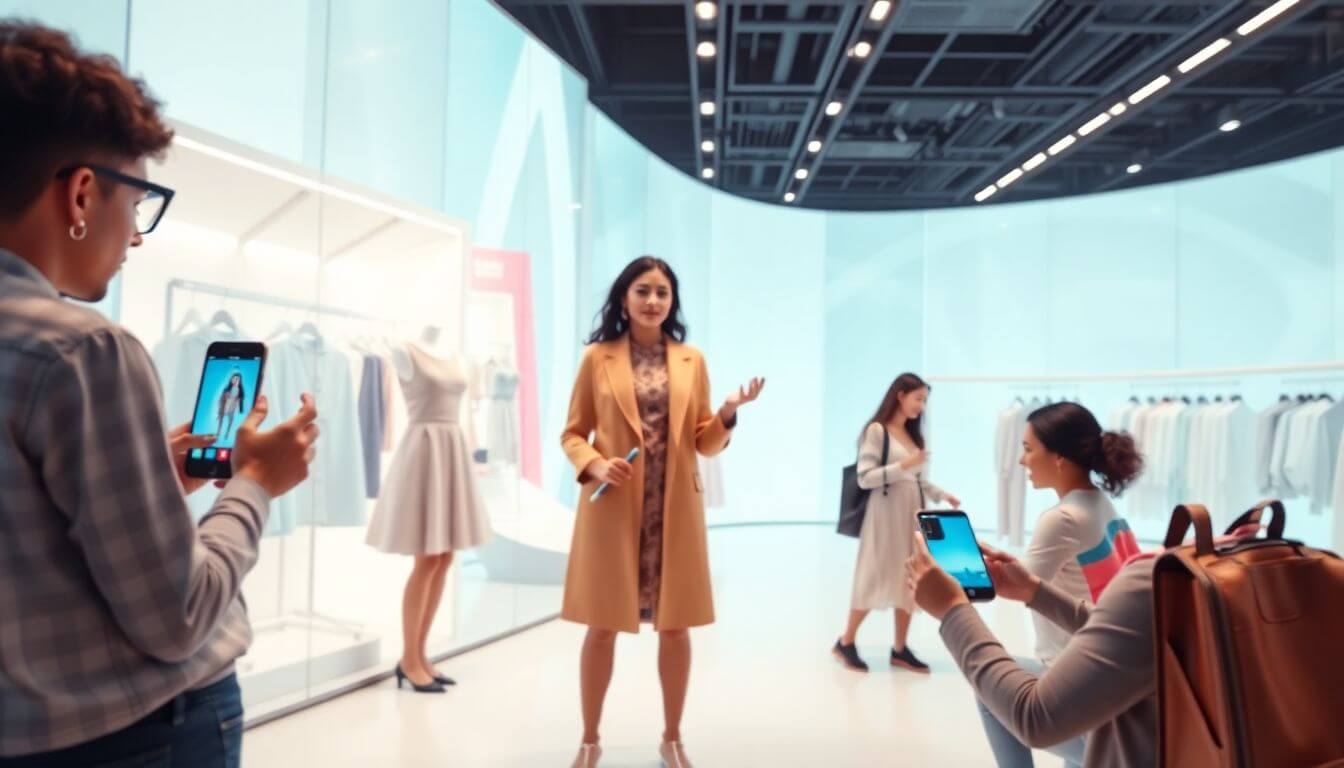
How Virtual Try-On Is Revolutionizing Shopping: Top 10 Examples
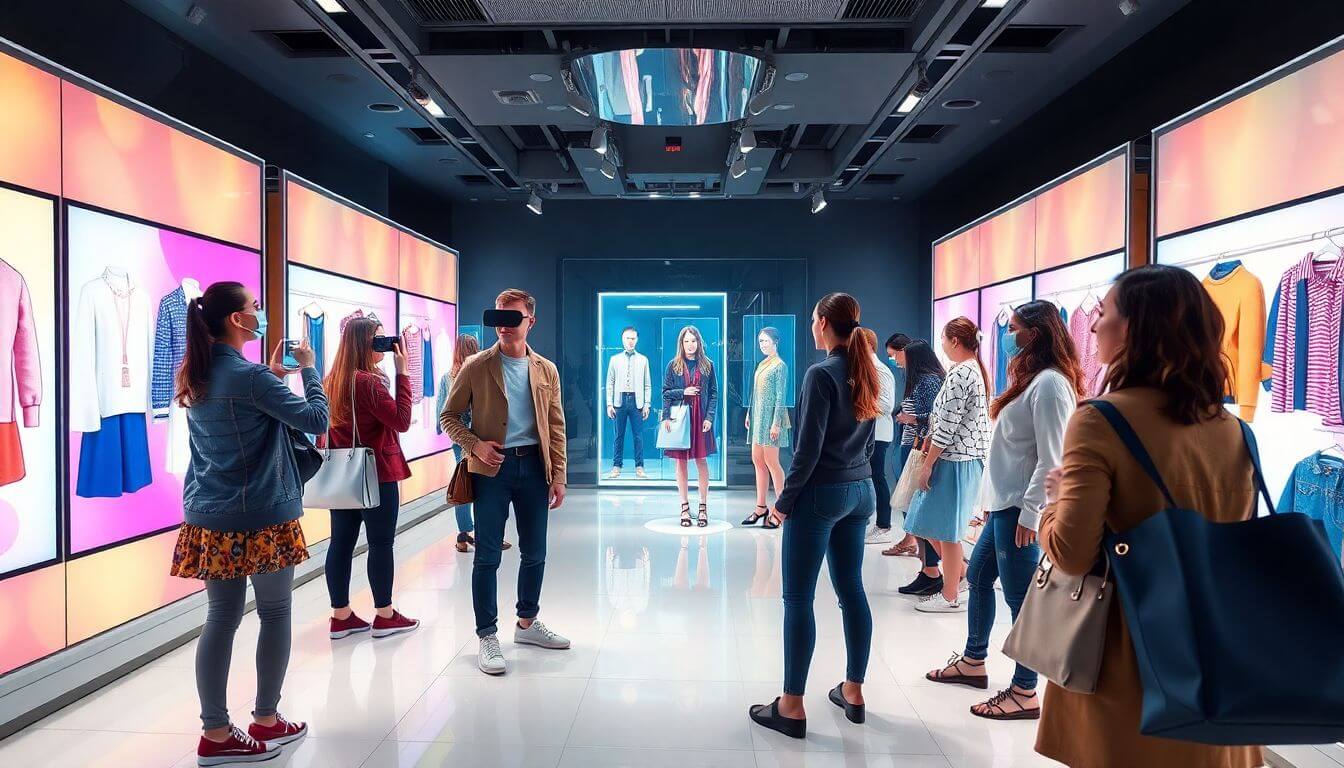
The shopping experience is undergoing a massive transformation, thanks to virtual try-on technology. Gone are the days of second-guessing whether a piece of clothing, a pair of shoes, or even makeup will suit you. With advancements in AI virtual try-on and augmented reality (AR), shoppers can now try clothes on virtually and experience the magic of a virtual fitting room app without ever leaving their homes. This innovation is not only convenient but also bridges the gap between physical and digital shopping.
In this blog, we'll delve into how virtual try-on technology AI is revolutionizing the retail landscape, explore the benefits for both consumers and businesses, and highlight 10 stunning examples of brands and platforms using this technology effectively.
What Is Virtual Try-On Technology?
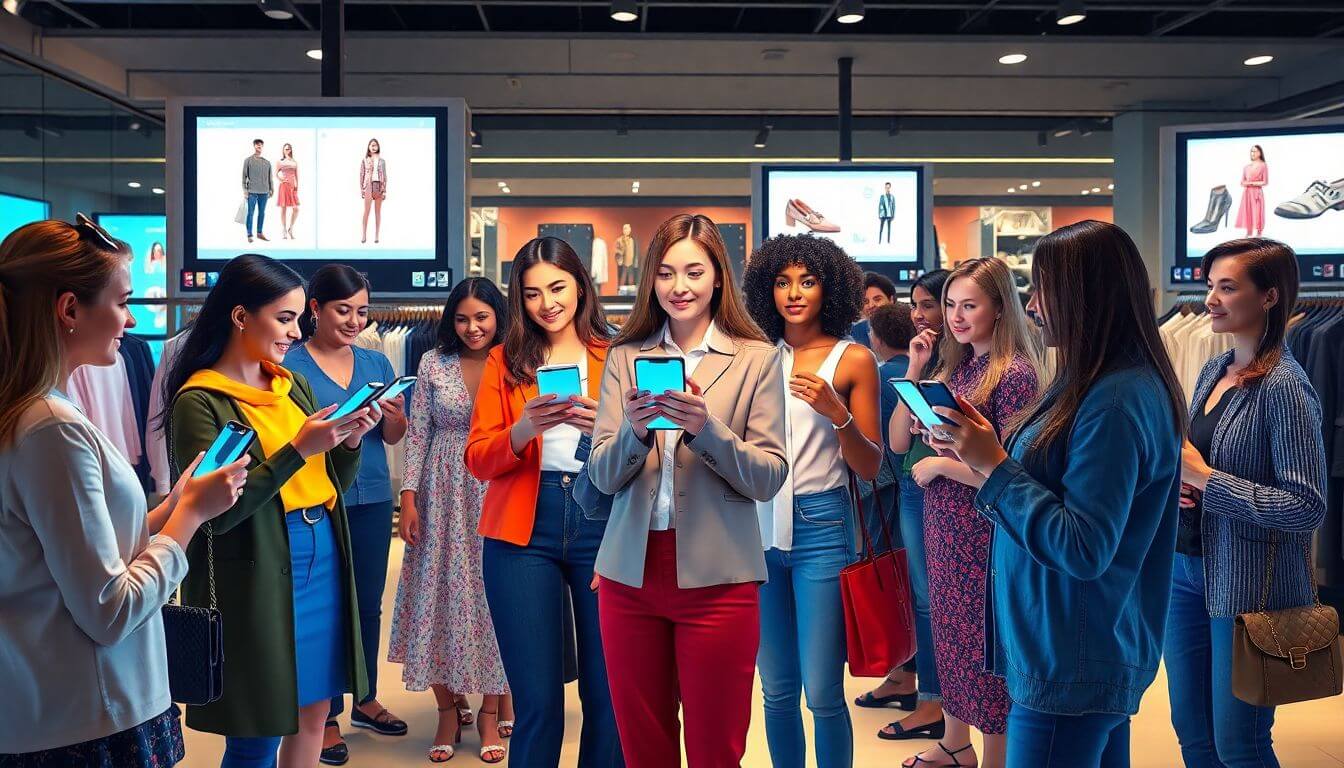
Virtual try-on technology is a groundbreaking innovation that integrates artificial intelligence (AI), augmented reality (AR), and 3D modeling to transform the way people shop. This technology allows customers to preview how products like clothes, makeup, shoes, or accessories will look or fit on them—virtually—before making a purchase. By creating an interactive and highly personalized shopping experience, virtual try-on technology is revolutionizing the retail landscape, both online and in stores.
The Core Components of Virtual Try-On Technology
-
Artificial Intelligence (AI):
AI plays a key role in analyzing user data, such as facial features, body dimensions, and preferences. It predicts the best product matches and tailors the experience to individual users. AI-powered algorithms also drive features like skin tone analysis for makeup and body size estimations for clothing. -
Augmented Reality (AR):
AR overlays digital images of products onto real-world environments, typically using a smartphone or AR-enabled device. This allows users to see virtual representations of products—like a dress on their body or a lipstick on their face—in real-time. -
3D Modeling:
High-quality 3D modeling creates lifelike representations of products. For instance, a virtual clothing try-on app will use 3D models of garments that simulate how the fabric drapes, stretches, and moves on the body.
How Virtual Try-On Technology Works
-
Image or Video Capture:
Users either upload a photo of themselves or use a device’s camera to enable AR. For example:- Clothing and Accessories: The app captures a full-body image to layer digital outfits.
- Makeup: The camera focuses on the user’s face for detailed overlays of lipstick, foundation, or eyeshadow.
-
Digital Product Overlay:
Using AR, the platform superimposes a 2D or 3D representation of the product on the user. For example:- A virtual shoe try-on app might project sneakers onto the user’s feet in real-time.
- A virtual clothing try-on app displays how an outfit would fit based on the user’s dimensions.
-
AI-Driven Adjustments:
AI fine-tunes the visual representation to match the user’s body or facial features. For instance:- Real-Time Adjustments: The app adjusts the size, fit, and alignment as the user moves.
- Predictive Sizing: AI analyzes user measurements to suggest the best size for clothing or shoes.
-
Interactivity and Feedback:
Users can explore multiple options, such as changing colors, styles, or sizes, and see instant results. Many platforms also allow sharing images for opinions or comparisons.
Key Features of Virtual Try-On Technology
-
Real-Time Adjustments:
Virtual try-on tools adapt dynamically as users move or adjust their posture. For example:- In AR clothing try-ons, the outfit responds realistically to the user’s movement.
- In makeup try-ons, the lipstick or eyeliner aligns with the user's facial expressions.
-
Personalized Size Predictions:
AI algorithms use machine learning to recommend the ideal size for clothing or shoes. This ensures a near-perfect fit, reducing the likelihood of returns. -
Enhanced Accuracy:
Advanced imaging and 3D modeling ensure lifelike visuals. Features like fabric simulation for clothing and skin tone detection for cosmetics improve realism. -
Multi-Platform Accessibility:
Virtual try-on tools are available across devices, including smartphones, tablets, and AR headsets, ensuring accessibility for a broad audience. -
Integration with Shopping Platforms:
Many virtual try-on solutions are integrated directly into e-commerce websites or apps, enabling a seamless “add to cart” experience after trying the product virtually.
Applications of Virtual Try-On Technology
-
Clothing:
Platforms allow users to try on clothes online for free, see how fabrics fit and flow, and explore different styles.- Example: H&M’s virtual fitting rooms simulate outfit combinations.
-
Makeup:
Virtual try-on apps like Sephora’s virtual artist let users test products like foundation and lipstick for accurate matches. -
Footwear:
Apps like Nike Fit and Adidas’ AR try-ons simulate how shoes look and fit in real-time. -
Accessories:
Glasses and jewelry can be virtually placed on users to showcase their fit and style. Warby Parker’s app for glasses is a standout example.
The Impact of Virtual Try-On Technology on Shopping
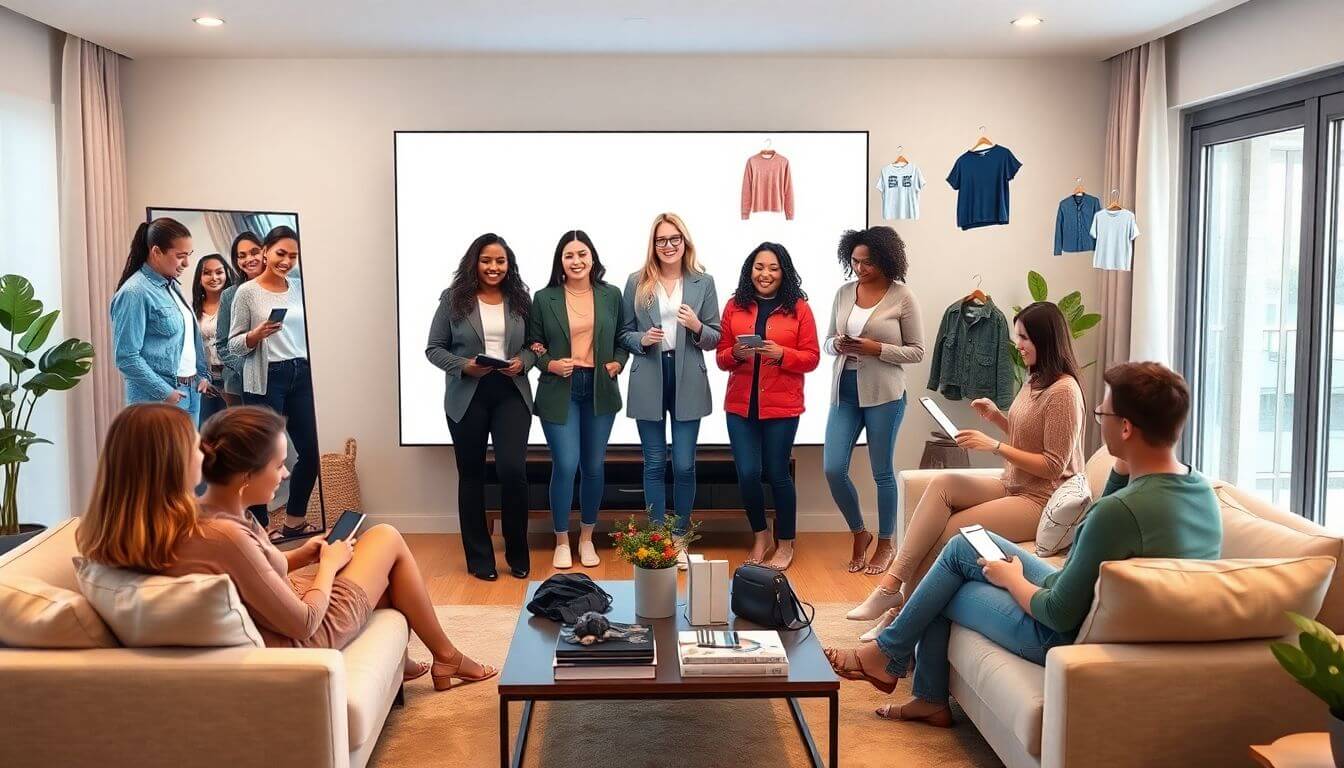
-
Convenience for Shoppers: Shoppers no longer need to visit stores physically. With virtual clothing try-on apps, they can try on clothes online for free from the comfort of their homes.
-
Increased Customer Confidence: The "try-before-you-buy" approach reduces uncertainty and boosts confidence in purchases, leading to fewer returns.
-
Boost in Sales: Retailers using virtual try-on software report higher conversion rates as customers feel more assured about their choices.
-
Sustainability: By reducing returns, virtual try-on helps cut down on the carbon footprint associated with reverse logistics.
-
Inclusivity: Virtual try-on offers a personalized shopping experience for people of all sizes and body types, making shopping more inclusive.
Top 10 Examples of Virtual Try-On Revolutionizing Shopping
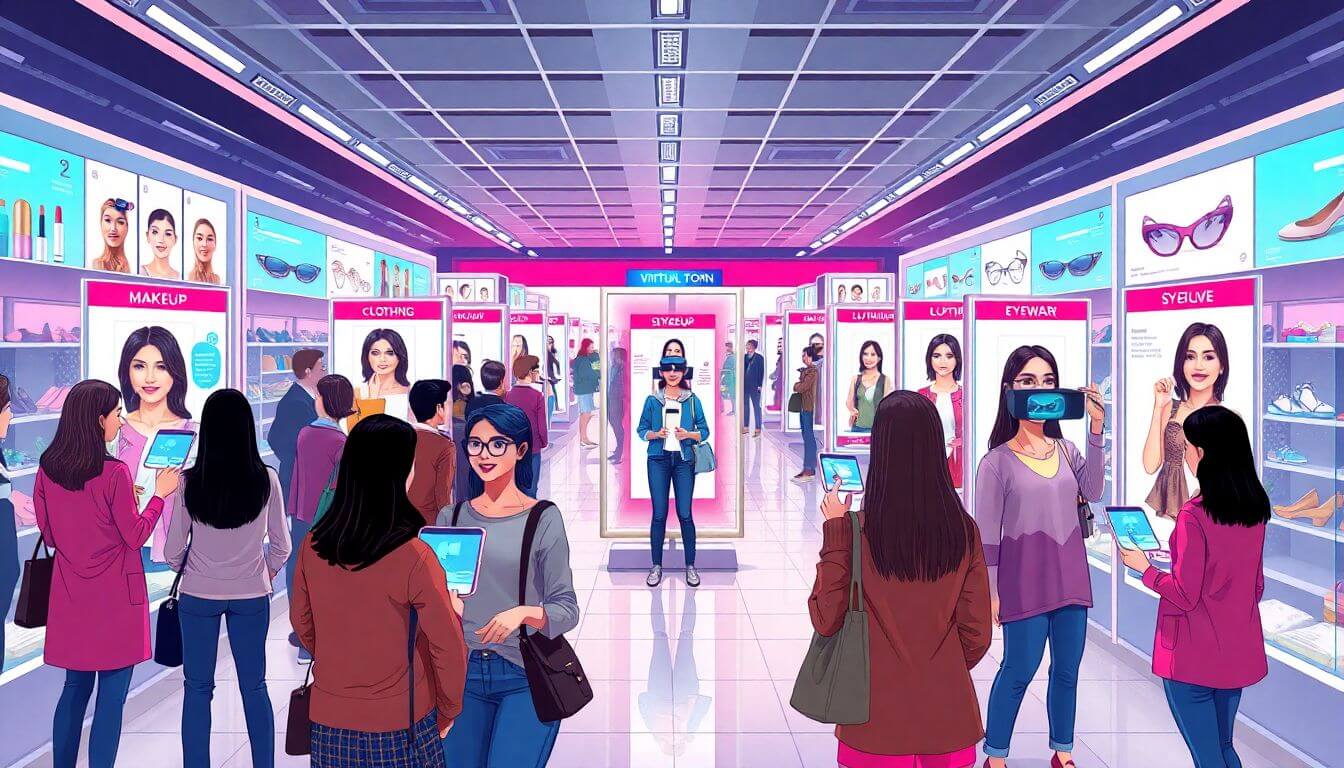
1. Sephora Virtual Artist
-
Category: Makeup Try-On
Sephora’s Virtual Artist app sets a benchmark in virtual try-on technology for cosmetics. The app allows users to experiment with a wide range of makeup products like lipsticks, foundations, and eyeshadows. Using advanced AI virtual try-on capabilities, the app scans the user’s face and projects the selected product in real-time, showcasing its shade, texture, and finish. -
Key Features:
- Real-time AR overlays for accurate visualization.
- Shade matching for different skin tones.
- Integration with Sephora’s product catalog for direct purchases.
-
Why it’s Revolutionary:
Sephora’s app mimics the real-life application of makeup, giving users a high level of confidence in their choices. It reduces the hassle of in-store trials and ensures hygiene during testing.
2. Zara’s Virtual Fitting Room
-
Category: Clothes Try-On
Zara leverages AR and AI-powered virtual try-on technology in both its app and physical stores. Users can virtually try on clothes and assess how garments look and fit without needing to enter a fitting room. In some Zara stores, smart mirrors equipped with AR show how the clothes will look when worn. -
Key Features:
- Realistic fabric simulation to show draping and fit.
- AI recommendations based on user preferences and past purchases.
-
Why it’s Revolutionary:
The integration of AR try-ons into Zara’s ecosystem creates a seamless shopping experience, reduces fitting room congestion, and enhances customer satisfaction by offering a preview of the outfit in context.
3. Warby Parker’s Virtual Glasses Try-On
-
Category: Eyewear
Warby Parker’s virtual try-on software allows users to see how different glasses frames fit their face shape. The app uses AR cameras to align frames precisely with facial contours, providing a realistic and accurate visualization. -
Key Features:
- Real-time frame alignment based on facial geometry.
- Customizable options for frame size, style, and color.
-
Why it’s Revolutionary:
This solution addresses a key concern for eyewear shoppers: whether the frames will fit comfortably and suit their face. Warby Parker’s app has drastically reduced return rates while boosting online sales.
4. Adidas Virtual Shoe Try-On
-
Category: Footwear
Adidas utilizes AR try-on technology to allow users to see how shoes fit on their feet in real-time. Users can even walk around while viewing the AR projection, simulating the look and feel of the shoes. The app also provides size recommendations based on foot dimensions. -
Key Features:
- Interactive shoe simulation that adapts to movements.
- Foot scanning technology for precise size suggestions.
-
Why it’s Revolutionary:
Adidas combines functional fitting with an engaging digital experience. The ability to walk in the shoes virtually adds a unique layer of realism.
5. Amazon Virtual Fitting Room
-
Category: Virtual Outfit Try-On
Amazon’s virtual clothing try-on app is a powerful feature integrated into its platform. Shoppers can try on clothes online for free and visualize how garments fit their body type. The system supports a range of products, including clothes, shoes, and accessories. -
Key Features:
- Virtual mannequins that adapt to user measurements.
- Multi-product visualization for creating complete outfits.
-
Why it’s Revolutionary:
Amazon’s extensive product catalog makes virtual try-ons accessible to millions of shoppers, creating a personalized and efficient shopping experience.
6. Nike Fit
-
Category: Virtual Shoe Try-On
Nike Fit is an innovative feature that uses virtual try-on technology AI to scan a user’s feet and recommend the perfect shoe size. The app integrates seamlessly with Nike’s e-commerce platform and physical stores, ensuring consistency in sizing across all channels. -
Key Features:
- Foot mapping for precise size recommendations.
- Integration with Nike’s customization options for personalized footwear.
-
Why it’s Revolutionary:
Nike Fit addresses one of the biggest pain points in footwear shopping—sizing. Its precise recommendations have significantly reduced returns and enhanced customer satisfaction.
7. Gucci’s Virtual Sneaker Try-On
-
Category: Footwear
Gucci offers a luxury twist to virtual try-on technology with its app that allows users to try on shoes virtually. Users can view the sneakers on their feet in AR, adjust angles, and even share images on social media. -
Key Features:
- High-fidelity 3D models of sneakers.
- Social media integration for sharing try-on experiences.
-
Why it’s Revolutionary:
Gucci’s virtual try-on combines cutting-edge technology with brand storytelling, appealing to tech-savvy luxury shoppers.
8. MAC Cosmetics Virtual Try-On
-
Category: Makeup
MAC Cosmetics’ app enables users to test products like lipsticks, blushes, and eyeshadows. The app’s AI-driven virtual try-on technology adjusts colors and textures to match skin tones accurately. -
Key Features:
- AI-powered color matching.
- Multi-product trials to test combinations of makeup.
-
Why it’s Revolutionary:
The app offers a bridge between physical and digital shopping, allowing users to experiment with makeup looks and confidently make purchases.
9. H&M Virtual Fitting Rooms
-
Category: Clothes Try-On
H&M’s virtual clothing try-on software offers a personalized shopping experience by suggesting outfits based on user preferences and allowing virtual previews. -
Key Features:
- Style suggestions based on browsing history.
- Realistic fabric and size simulation.
-
Why it’s Revolutionary:
H&M combines virtual try-ons with style recommendations, making it a go-to solution for fashion enthusiasts looking for personalized shopping experiences.
10. L’Oréal Virtual Makeup Try-On
-
Category: Makeup
L’Oréal’s virtual try-on app is a trailblazer in the beauty industry, leveraging AI and AR to let users test multiple makeup products simultaneously. The app adapts to different skin tones and lighting conditions. -
Key Features:
- Virtual try-on for multiple products at once.
- Advanced AI algorithms for personalized recommendations.
-
Why it’s Revolutionary:
L’Oréal’s app is a game-changer for beauty e-commerce, allowing users to make informed choices and enhancing their shopping confidence.
These top 10 examples showcase how virtual try-on technology AI is redefining the retail experience. By blending innovation with customer-centric solutions, these brands have set a new standard for personalized, interactive, and efficient shopping journeys.
Benefits of Virtual Try-On Technology for Businesses
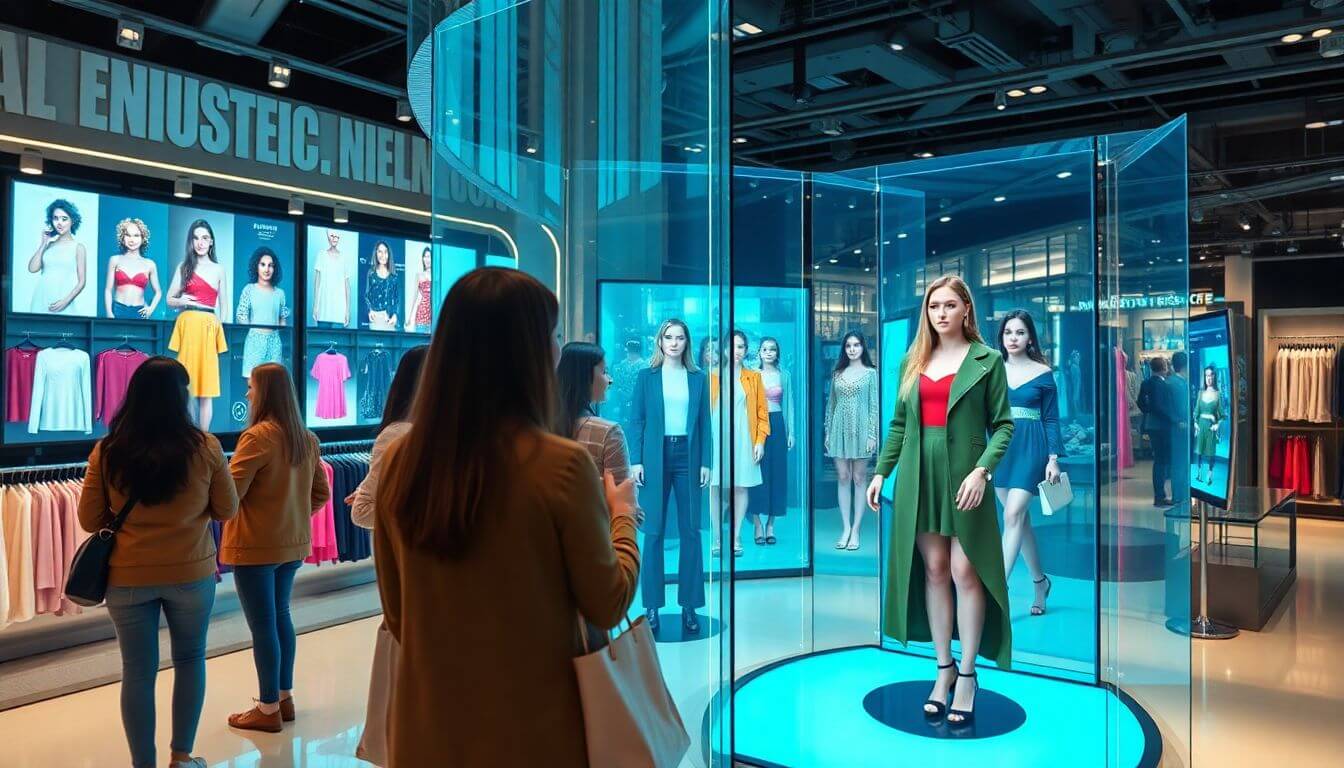
-
Higher Conversion Rates: Customers who can virtually try on clothes or makeup are more likely to complete a purchase.
-
Reduced Returns: Accurate fitting and virtual try-on technology AI minimize the risk of dissatisfaction.
-
Enhanced Customer Engagement: Interactive experiences like virtual outfit try-ons keep customers engaged and loyal.
-
Scalability: Retailers can showcase unlimited inventory without needing additional floor space.
Challenges of Virtual Try-On Technology
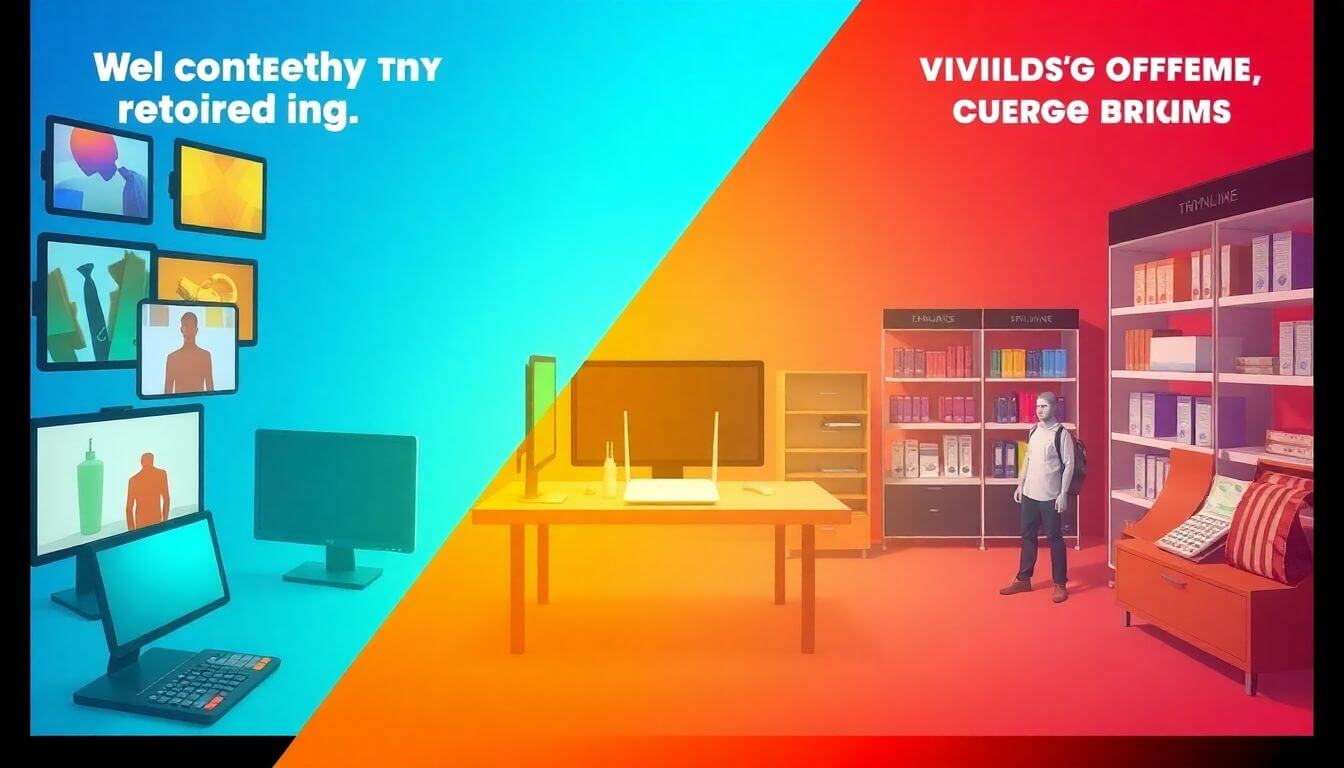
-
Accuracy Issues: Ensuring accurate representation across different devices can be challenging.
-
Technical Requirements: High-speed internet and advanced hardware are often prerequisites for a seamless experience.
-
Cost: Developing and maintaining virtual try-on software can be expensive for small retailers.
The Future of Virtual Try-On Technology
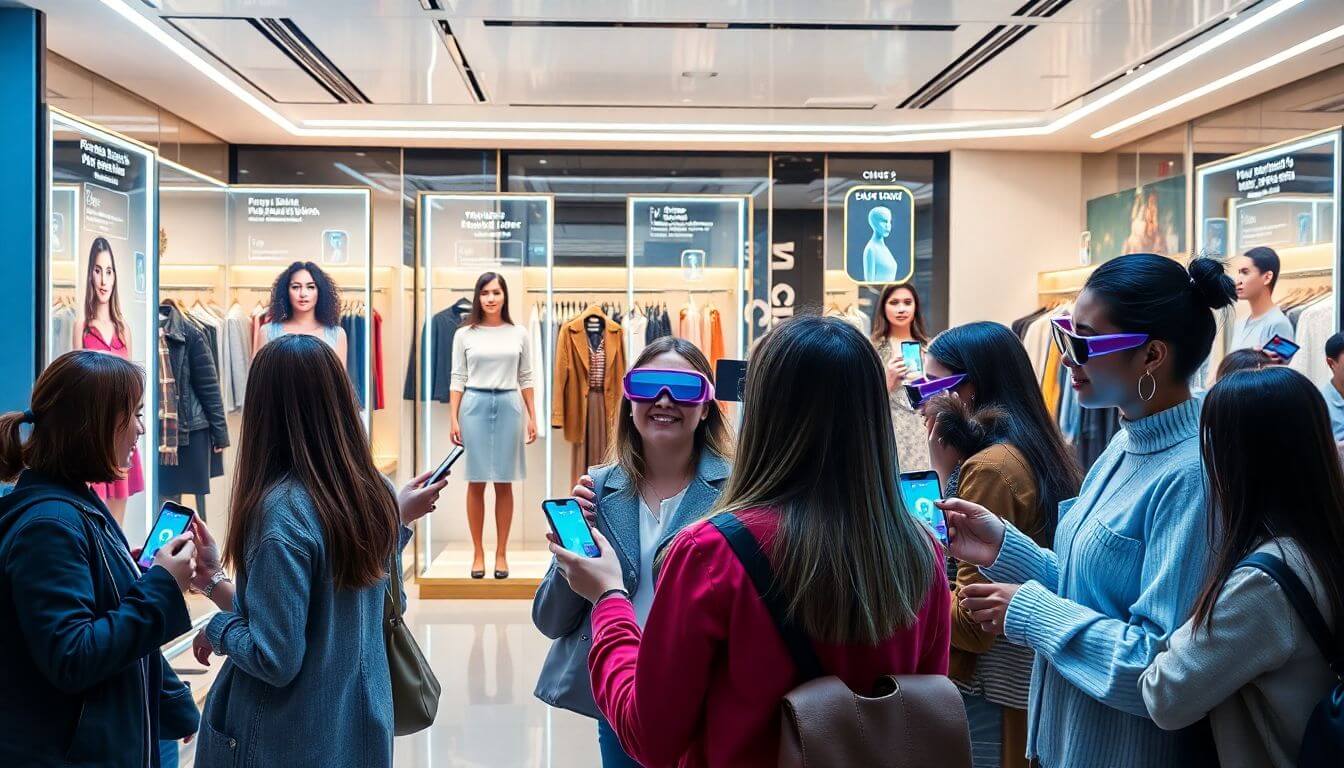
The integration of virtual try-on AI into e-commerce is only the beginning. As virtual store platforms evolve, we can expect:
- Personalized Shopping: AI will use data to recommend products tailored to individual preferences.
- Sustainability: Virtual try-ons will further reduce returns and waste.
- AR Integration in Stores: Retailers may offer AR mirrors for in-store virtual try-ons.
Conclusion
The advent of virtual try-on technology AI has revolutionized the shopping experience, blending the best of physical and digital worlds. Whether you're using a clothes try-on app to virtually try on clothes or experimenting with a virtual makeup try-on feature, the convenience and confidence it brings are unparalleled. As demonstrated by the top 10 examples, brands across industries are embracing this technology to redefine how we shop.
For businesses, investing in virtual try-on software is no longer optional—it’s the key to staying relevant in an increasingly digital-first world. Shoppers, on the other hand, can look forward to more personalized, engaging, and hassle-free experiences.
So, whether you’re looking to try on clothes online free or find the perfect pair of shoes with a virtual shoe try-on app, the future of shopping is here—and it’s virtual!
Interested in learning more? Contact us today. For further insights into the impact of virtual technologies, check out this article on augmented reality in retail or explore this comprehensive guide on virtual try-on technologies by Digital Commerce 360.
FAQs
-
What is virtual try-on technology?
Virtual try-on technology is an innovative approach that uses artificial intelligence (AI), augmented reality (AR), and 3D modeling to allow customers to virtually try on products such as clothing, makeup, shoes, and accessories before making a purchase. -
How does virtual try-on technology improve the shopping experience?
This technology enhances the shopping experience by providing customers with the ability to visualize how products will look or fit in real-time, which increases confidence in their purchasing decisions, reduces returns, and creates a personalized shopping journey. -
What are some examples of brands that utilize virtual try-on technology?
Notable examples include Sephora’s Virtual Artist for makeup, Zara’s virtual fitting rooms for clothing, Warby Parker’s virtual glasses try-on app, and Adidas’ AR shoe try-on feature, among others. These brands leverage technology to create engaging shopping experiences. -
What are the benefits of virtual try-on technology for businesses?
The main benefits include higher conversion rates, reduced return rates, enhanced customer engagement, scalability of inventory, and improved customer satisfaction through personalized experiences. -
What are the potential challenges of using virtual try-on technology?
Challenges include accuracy issues across different devices, the need for high-speed internet and advanced hardware, the potential high cost for small retailers, and privacy concerns related to accessing user images and data.
